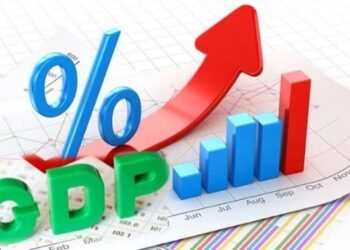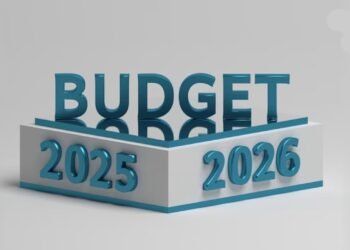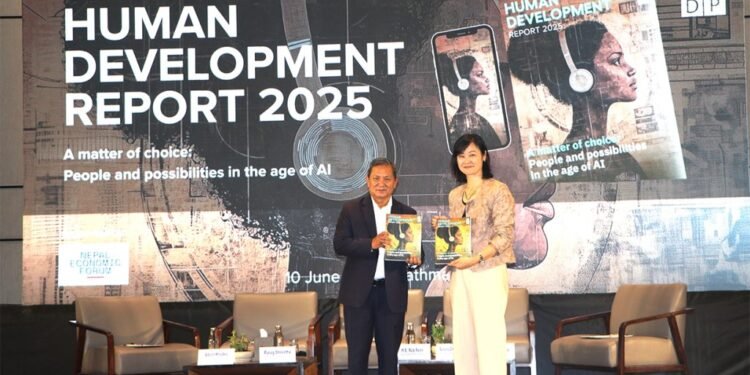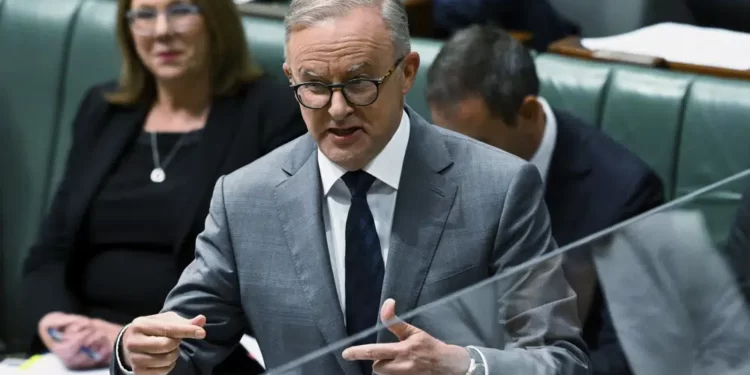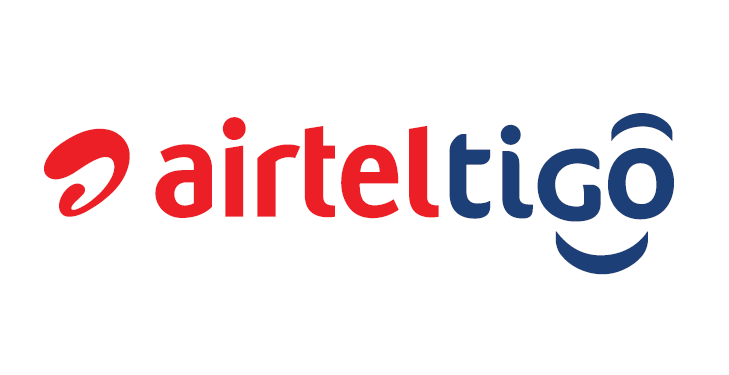Ghana’s monetary policy landscape is set for another major shift as the Bank of Ghana (BoG) prepares to cut its benchmark policy rate to 19% at its upcoming Monetary Policy Committee (MPC) meeting in November 2025.
This anticipated move follows a consistent trend of monetary easing since early 2025, supported by a marked decline in inflation and signs of macroeconomic stability. According to IC Research, a leading financial research firm, the central bank could lower the rate by 250 to 300 basis points, down from the current 21.5%, as inflationary pressures continue to subside.
The BoG’s expected decision reflects renewed confidence in Ghana’s economic fundamentals after a challenging period of elevated prices, tight monetary conditions, and currency volatility.
Inflation Returns to Target Band After Four Years
Ghana’s inflation story has taken a dramatic turn. For the first time since August 2021, annual headline inflation has returned to the central bank’s medium-term target band of 8% ±2%.
Recent data from the Ghana Statistical Service (GSS) revealed that headline inflation fell sharply by 210 basis points to 9.4% year-on-year in September 2025, marking the first single-digit reading in more than four years.
The disinflation trend was largely broad-based. Goods inflation, which makes up 72.5% of the Consumer Price Index (CPI) basket, eased by 270 basis points to 11.2% year-on-year, while services inflation also moderated by 60 basis points to 4.8% year-on-year.
“This sharp drop confirms that the Ghanaian economy has made significant progress toward price stability after several years of double-digit inflation,”IC Research noted.
In its latest economic update, IC Research highlighted that the continued decline in inflation provides the Bank of Ghana with enough room to further reduce borrowing costs.
“In our view, this reflects recent foreign exchange shift to the upside and the resultant upticks in domestic energy prices. We view the first single-digit headline inflation in September 2025 as a confirmation that the Ghanaian economy has progressed decisively towards price stability after over four years of double-digit price increases.”
IC Research
The research firm further added that while upside risk to the near- and medium-term path looms, it believes the authorities would be minded by the need to lock in the gains with continued policy credibility. The durable moderation in inflation risk has further strengthened the case for another cut in the nominal policy rate with downside scope for domestic bond yields in 4Q2025.
This means that beyond cutting the policy rate, the BoG may also influence yields in the bond market, potentially easing government borrowing costs and stimulating private sector credit growth.
BoG’s Previous Cuts Paved the Way
The expected cut to 19% would follow the central bank’s earlier decision in September 2025 to reduce the Monetary Policy Rate (MPR) from 25% to 21.5%, citing easing inflationary pressures and improving foreign exchange stability.
That move marked the BoG’s first rate reduction in nearly two years, signaling a clear shift from crisis management to recovery-oriented policy. Since then, the cedi has shown relative stability against major trading currencies, while inflation expectations have remained anchored within the target range.
The upcoming cut is expected to further boost business confidence, lower lending rates, and improve liquidity conditions within the financial sector.
A reduction in the policy rate typically translates into lower borrowing costs for businesses and individuals. For Ghanaian enterprises, especially small and medium-sized enterprises (SMEs) that have struggled under high-interest loan regimes, this move could provide much-needed relief.
Economists suggest that the rate cut could stimulate domestic investment, improve credit growth, and enhance job creation across productive sectors such as manufacturing, agriculture, and services.
“Lower rates mean lower costs of doing business. It could also encourage banks to lend more to productive sectors rather than relying heavily on government securities,”one Accra-based economist explained.
For households, the expected decline in interest rates may ease repayment burdens on existing loans while increasing access to affordable credit for housing and consumption.
Despite the positive momentum, analysts have cautioned that the Bank of Ghana must strike a balance between stimulating growth and maintaining price stability.
The moderation in inflation, though significant, remains vulnerable to external shocks such as rising global energy prices, exchange rate volatility, and supply chain disruptions. Furthermore, Ghana’s fiscal position remains under pressure, with public debt still elevated despite recent restructuring efforts.
“The BoG must ensure that further rate cuts do not undermine the gains made in stabilizing inflation and the exchange rate,”analysts warned.“The focus should remain on sustaining credibility while supporting growth.”
In the short to medium term, the Bank of Ghana’s expected rate cut to 19% signals a broader policy realignment toward supporting economic recovery while maintaining macroeconomic discipline.
With inflation now within the central bank’s comfort zone, foreign reserves improving, and fiscal consolidation measures taking root, Ghana appears to be on a more stable path.
If the current trend continues, 2026 could see the economy entering a period of sustained low inflation, lower borrowing costs, and renewed investor confidence—key ingredients for long-term growth.
The upcoming November 2025 MPC meeting will thus be closely watched by investors, businesses, and policymakers alike, as the Bank of Ghana’s decision will not only shape the direction of interest rates but also define the trajectory of Ghana’s post-inflation recovery.
READ ALSO:T-Bill Yields See Mixed Signals as GH¢2 Billion Shortfall Rocks Money Market







